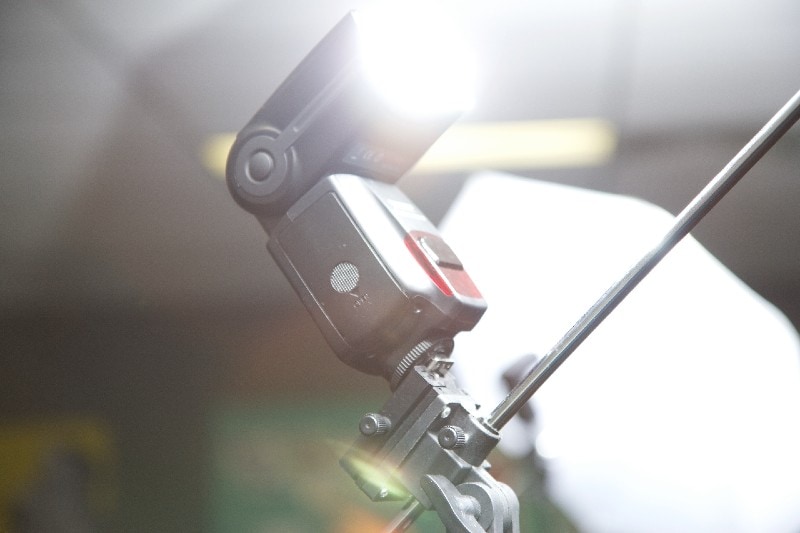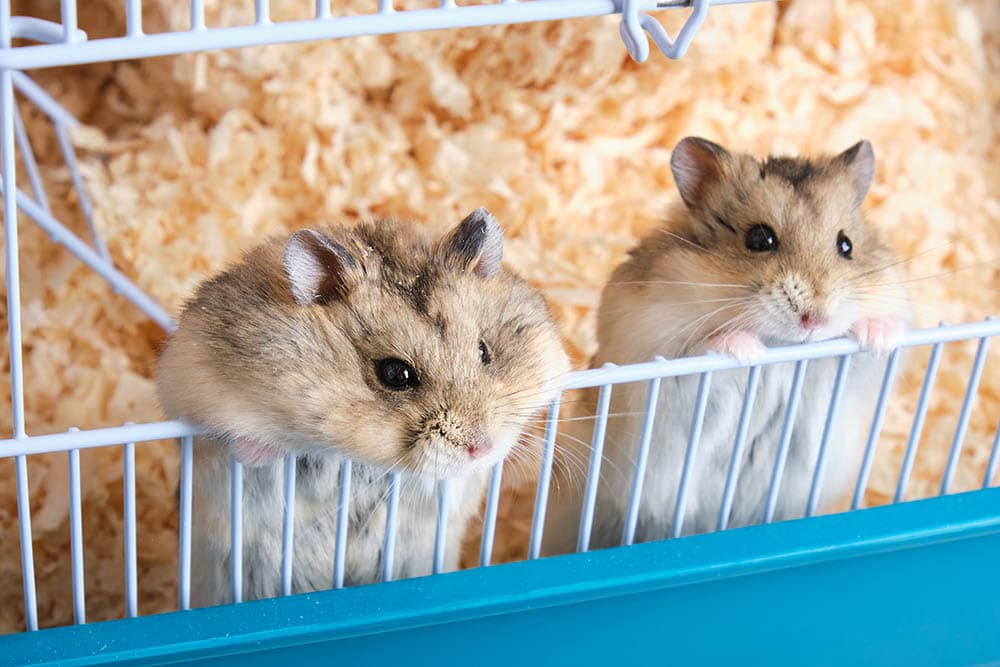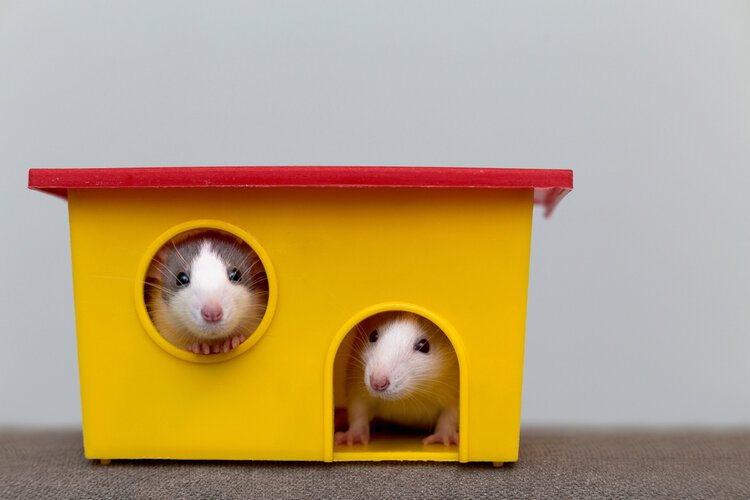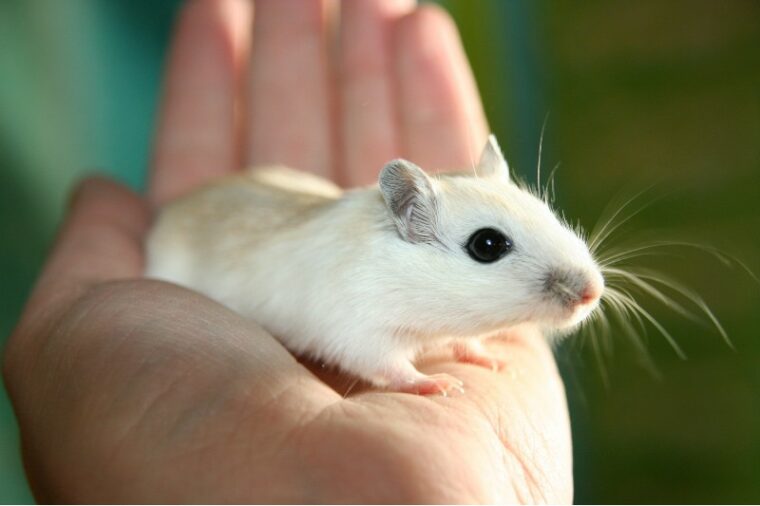
Hamsters are one of the most challenging pets to photograph. Not only are they small, but their tiny legs are deceivingly fast, so chances are your pictures turn into blurry action shots. Of course, we all want photos of our pets, but what does a hamster-owning person do to get the best portraits of their quick and teeny pet?
Whether your hamster is destined to be the next Instagram star or you just want lovely photos for keepsakes, we can help. Keep reading to find 13 tips for getting the perfect hamster portraits every time.
The 13 Hamster Photography Tips
1. Safety First
Before you begin a photo shoot with any of your pets, you need to ensure the staging area is safe. Don’t leave any tasty-looking wires anywhere your hamster could find them and ensure the lighting you’re using doesn’t make the photo area hot. We recommend using a playpen to corral your little pet. Don’t use one made with easily climbable materials, though, or else you’ll have an escapee on your hands. You can DIY a playpen using corrugated plastic or a large Rubbermaid-type container with tall sides.
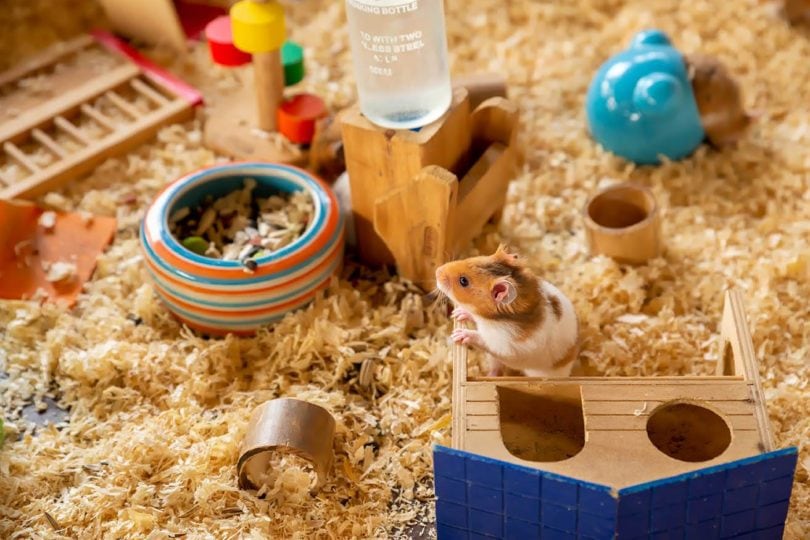
2. Set Up a Backdrop
Your photos will look more professional if your belongings aren’t in the background of every shot. Create a mini photography studio by laying a piece of fabric over your playpen and draping it down to and across your floor. This will give you a cohesive background color upon which your hamster and photography props will pop. You can use tablecloths, wrapping paper, or blankets for your backdrop. Attack your background to the wall if you decide not to use a playpen.
3. Use Off-Camera Flash
If you’re shooting with a DSLR camera, we highly recommend using an off-camera flash to ensure your hamster is evenly lit in your photo. The flash will also make a cute catchlight in your pet’s black eyes for a bit of sparkle and pizzazz. You can also edit in a catchlight using a photo editing tool.
4. Fill Your Frame
When capturing small animals, filling the entire frame with your subject is crucial. Since hamsters are tiny, you’ll need to get closer to them than if you were photographing a larger pet. You can also try zooming in if you know your hamster will get skittish if you get too close. When shooting close or zooming in, it’s important to use good lighting or a fast lens if you have a DSLR.
5. Get Down to Its Level
If you want the best photos of your hamster, get down on its level. Lay on your belly to be at your hamster’s eye level. This allows the shot’s perspective to feel more natural. It can also help eliminate some of that distracting background clutter.

6. Shoot Up
Another great technique for photographing your hamster is to aim your camera up from a low angle. For example, put your hamster on a small Barbie chair and shoot up from the floor to capture its cute rear end and tiny tail.
7. Use Props
Hamsters are naturally curious little critters, so introducing a fun, new prop or toy into the photoshoot can make for some awesome photos. Almost any object in your house can act as a prop so try different things until you find something that interests your hamster. Different props will produce different reactions, so make sure you’re ready with your camera to capture your pet’s reaction.
Grab a jacket or pair of jeans with a pocket. Since hamsters are nocturnal, they might be tempted to climb inside a pocket to hide from the bright light. Once it’s inside, try to find an angle that shows off your pet’s tiny tail for a cute shot of its smallest and most adorable feature. The key here is to pick a garment that doesn’t have too deep of a pocket, as your pet might sneak inside to try to explore it further. It should be just big enough that your hamster can put its head and part of its body in, not so big that they can enter the pocket entirely.
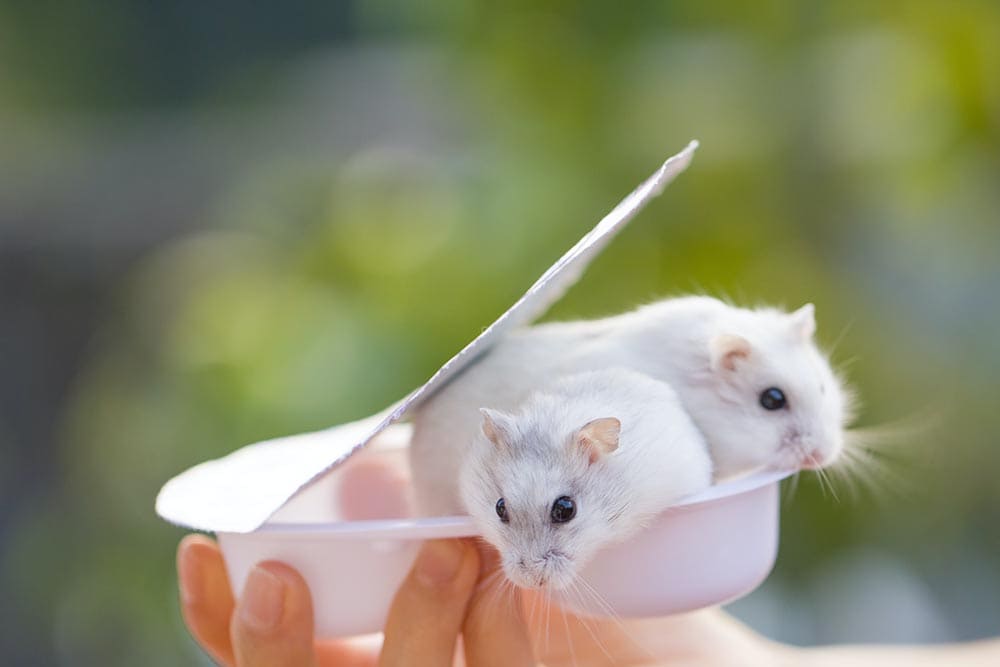
8. Take a Lot of Photos
Remember how we mentioned earlier that hamsters are deceivingly fast little rodents? Yeah, that speed is going to make your job pretty tricky. For every 20 photos you take of your hamster, maybe only one or two will be good enough to share. So it’s best to be ready with a large memory card for your DSLR or plenty of free space on your phone. The more pictures you take, the better chance you’ll have a few winners in the bunch.
9. Use Natural Lighting When Possible
A flash or studio strobe lights can frighten your hamster and cause him to freeze up or go into hiding. Instead, choose natural lighting whenever possible. For example, you can take your hamster outside for some adorable shots in the grass. Though if you venture outside with your pet, we recommend having a second person on standby to be ready to capture the little guy if it tries to make a run for it.
Don’t cancel your shoot if it’s overcast outside. The clouds provide an even amount of light and soften the sunlight. Sunrise and sunset are also great times to do your shoot. Opt for a nice shady spot to get even lighting if you’re shooting in the middle of a sunny day.
If you prefer to shoot inside, choose an area near a large window that lets in a lot of light.
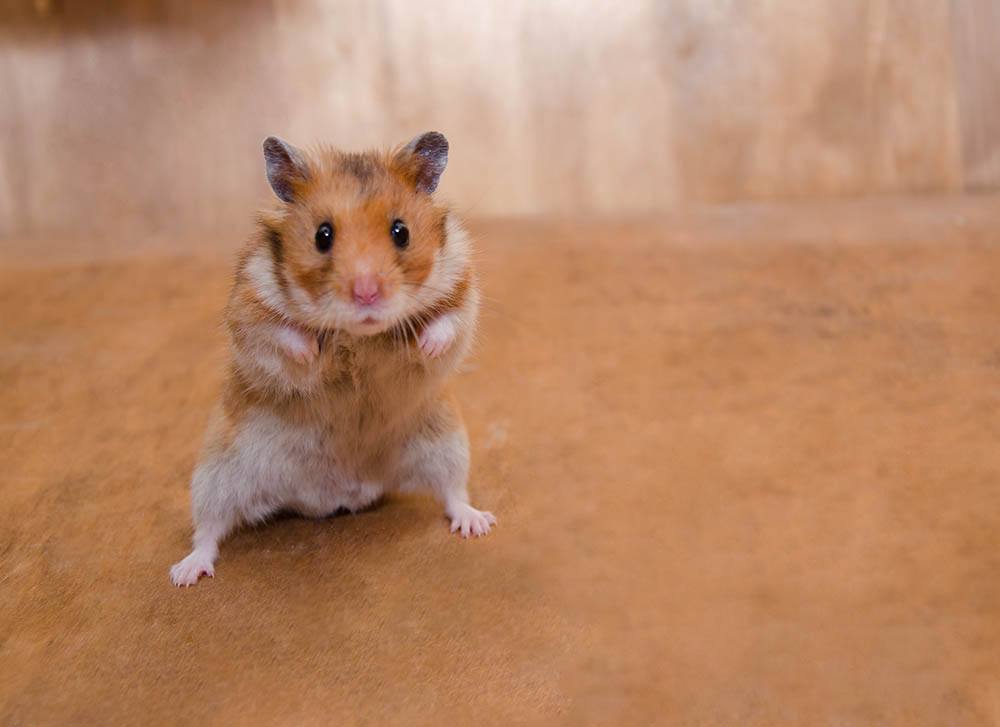
10. Use a Fast Shutter Speed
The faster the shutter speed, the better if you’re shooting on a DSLR. Your hamster will move quickly, so the fast shutter speed can freeze the action. We recommend using a speed two times faster than the lenses’ focal length to ensure the images are sharp regardless of how much your hamster is moving.
11. Use a Wide Aperture
A wide aperture on your DSLR will give you a shallow depth of field, allowing the background to blur but keeping your pet in sharp focus. Many portrait photographers use this to make their photos clear and professional-looking.
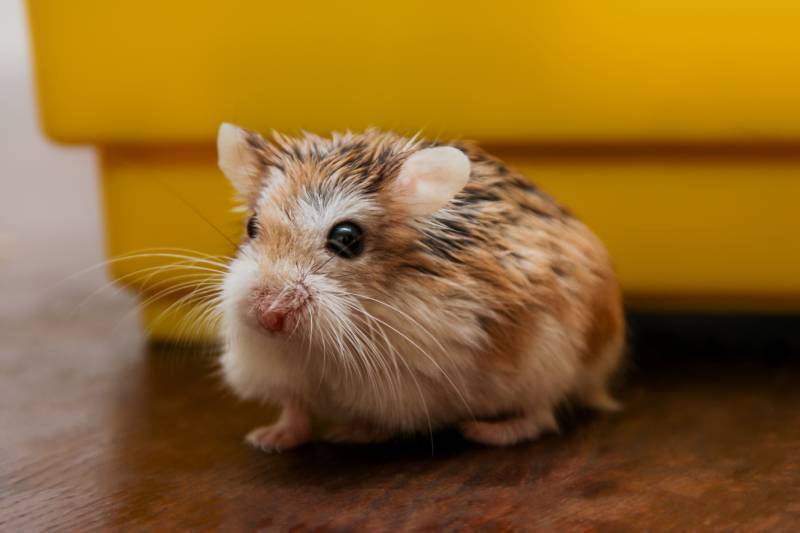
12. Use Food
The best way to get shots of your hamster up close and personal is to bribe it with its favorite foods. If your hamster loves apples, for example, cut a small piece of the fruit and hold it in front of your camera. Then, your naturally curious hamster will waste no time coming up to grab its snack, and you can snap some great shots of it eating.
13. Don’t Force It
Patience is the key when photographing animals. They don’t (or rather, can’t) listen, so you can’t just tell your hamster to sit still for photos like your child or dog. If your hamster is trying to run off or is afraid, stop the session and try again. You don’t want to make your pet fearful of you. No photo is worth that.
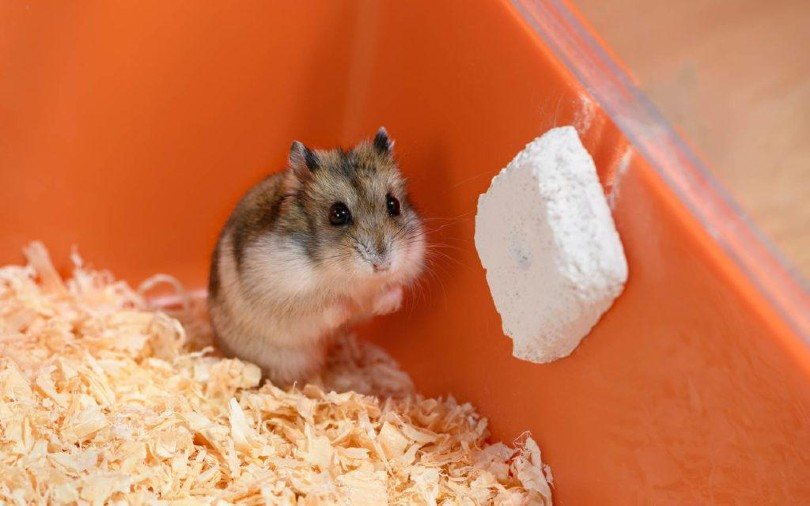
Final Thoughts
While photographing your hamster can be challenging, it’s a fun activity for you to do together. You’ll be able to practice your photography skills while creating adorable pictures of your pet, and your hamster will get some time outside of its habitat to explore. Remember to have a lot of patience and to let your hamster dictate when and how long each photography session should be.
- Related Read: 13 Rabbit Photography Tips for Perfect Pet Portraits
Featured Image Credit: auenleben, Pixabay

